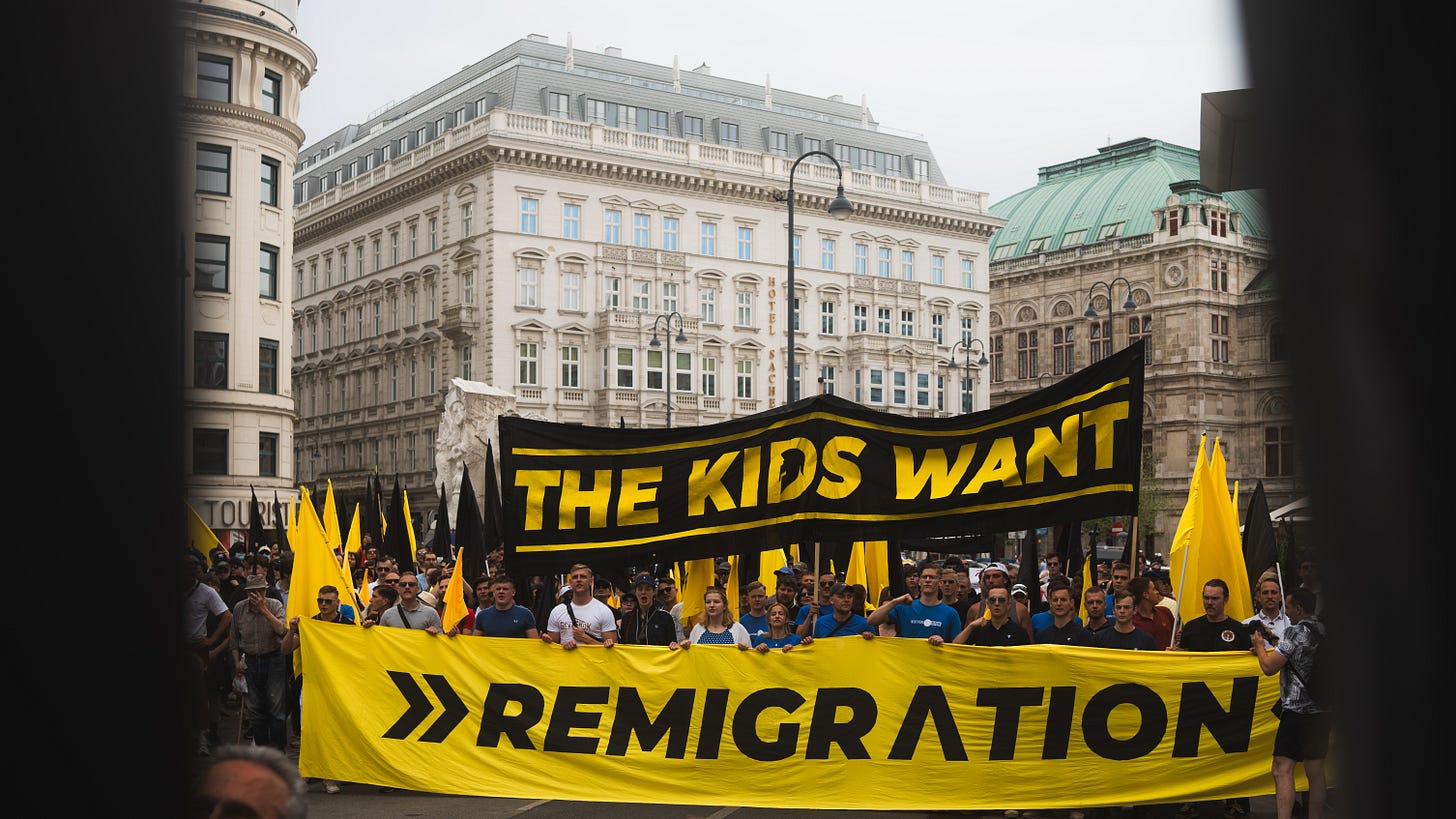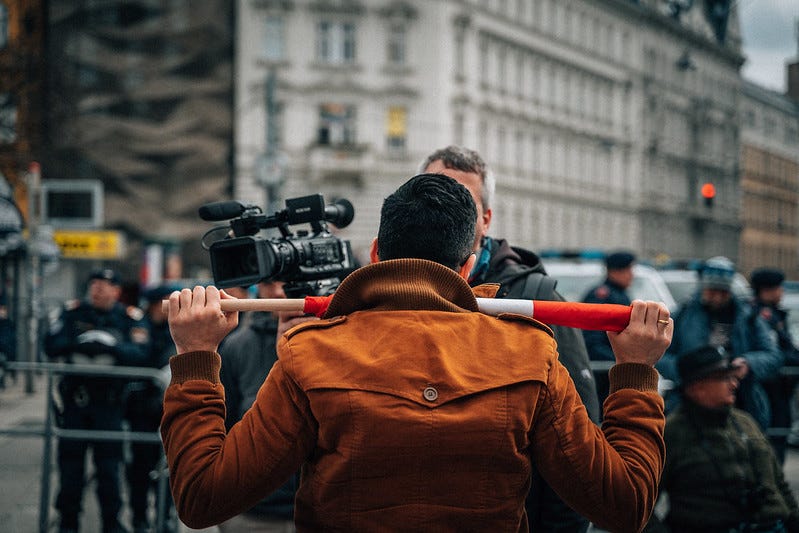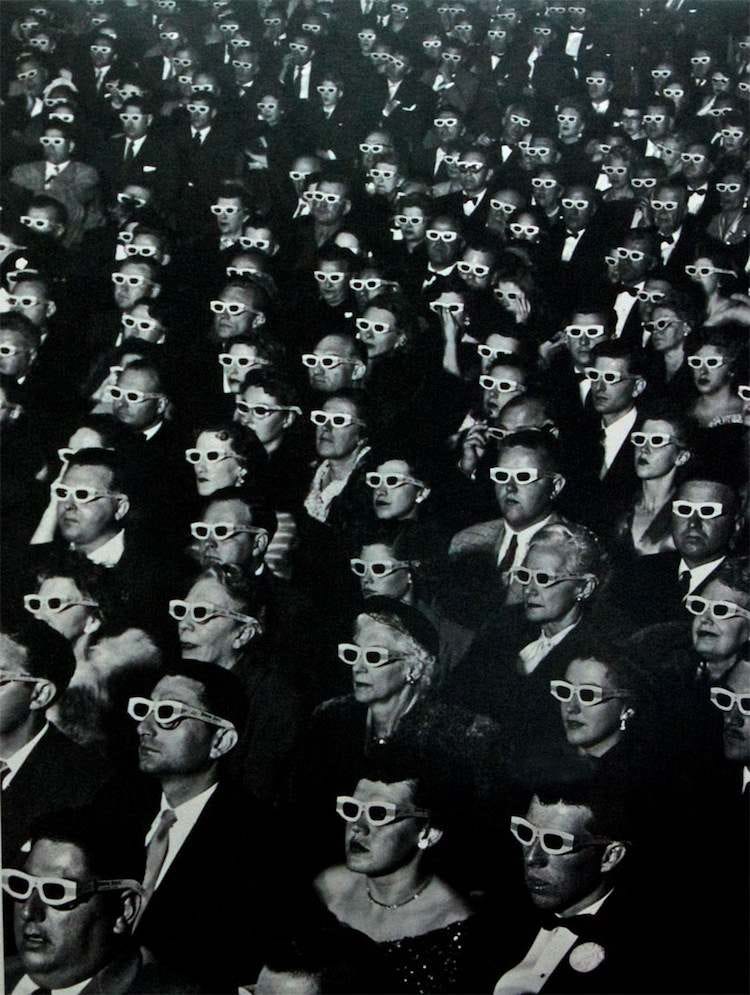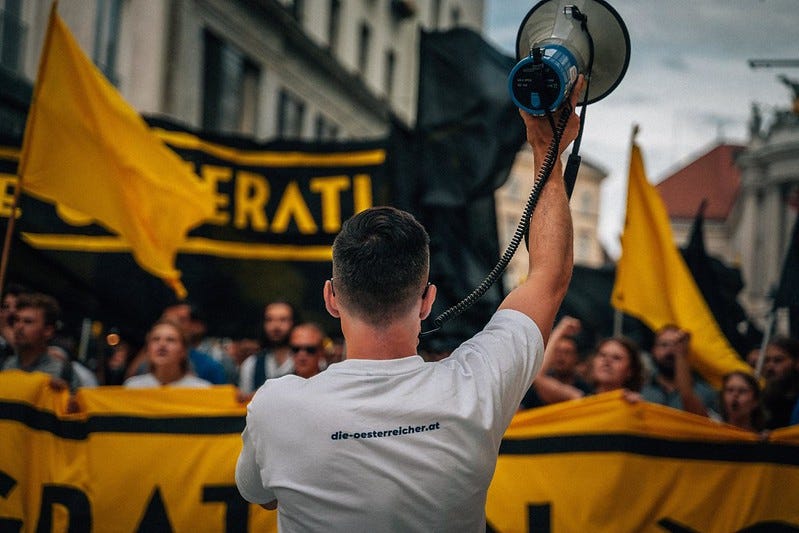This is an excerpt from my Book “Right wing regime change”, that is being translated currently.
“We now understand what is meant when we talk about “building metapolitical power”, or people power: the increase and improvement of mass, organization, message and strategy in all areas of the right-wing camp. The role of repression and the crisis in their effect on people power was also analyzed.
This metapolitical power must now be used to weaken the ruling ideology and overcome the simulation of democracy. “Influencing the climate of opinion” and ‘shifting the overtone window’ sound abstract. In this chapter, I explain what exactly is meant by this. Our metapolitical secret weapons are: “normalization” and “connectable provocation”.
Normalization
What is socially considered “normal” is not set in stone. Any left-wing or right-wing taboo can be broken. If this taboo is broken repeatedly, it disappears completely. Conversely, this can also popularize ideas and start trends. We see this happening all the time in the field of fashion. A style of clothing that was previously considered strange, unfashionable or even offensive can become fashionable and chic overnight. How does this happen? The key is normalization by example.
If a hairstyle is worn by a lot of people, or very well-known people, it quickly becomes popular. If a term is regularly used by opinion leaders, it enters the language. This also normalizes the idea it represents. In normalization, quantity (how many say/do it?) and quality (who says/does it?) are crucial. As a rule, it is more important who says something than what is said. If a well-known and established person speaks positively about an idea, this has a positive effect on its public perception. If such a person distances themselves from it, it loses its connectivity.
If you do not (yet) have any influential personalities who are willing to spread your ideas and concepts, you can compensate for this with mass or spectacular actions. When a term is emblazoned on a banner at the Brandenburg Gate or carried through a city by 30,000 demonstrators, this also has a normalizing effect. It sounds simple, and it is. Constant repetition leads to normalization. Even the greatest repression cannot counteract the automatic effect of normalization, which is why any visibility of right-wing ideas is suppressed in panic and brutally. However, this is difficult to maintain in the long term. Advertising constantly works with this principle and anchors the slogans and images of its brands in our minds through constant repetition. This creates trust, which encourages people to buy. Political normalization, whether left or right, reactionary or progressive, works with the same principles. Intellectual taboos and speech bans must be broken and the Identitarian ideas and concepts must become omnipresent through actions, demos, videos, books, flyers, stickers, speeches, talk shows, etc.
The connectable provocation
But repetition alone does not go far enough. The second metapolitical tool of “connectable provocation” is just as important. The terms and ideas that are repeated and normalized must be chosen with great care. As a rule of thumb, they should be just outside the right edge of the overtone window. This means they are barely, or almost, sayable (connectable), but at the same time they break a taboo and cross the line of political correctness (provocative). The metapolitical activist is thus a kind of “political cab”. He picks people up where they are and takes them to the right. If you wait two streets too far to the right of the crowd, they won't get in. If you don't take the passengers you've picked up any further, but take them in circles or just leave the engine running, nothing changes metapolitically.
The normalization of concepts and ideas by the right-wing People Power is a risky task that can also backfire. An ill-considered provocation that is not connectable not only does not shift the overtones to the right, but often produces a deterrent feedback effect. One's own attractiveness declines, already normalized terms and groups tip out of the Overtone window, and laboriously built-up people power is lost.
The alliance with more moderate groups is breaking down, and parts of the right-wing camp are fleeing back to the left in the direction of the “center”. The right-wing avant-garde remains isolated. This is the moment when the system takes action against them with repression. Metapolitical pioneering work is therefore not for amateurs!
If the provocative move across the line is missing, and if what has already been normalized is endlessly repeated, resistance is being simulated. The ineffective entertainment of the center-right area of the Overton window is the business model of infowar and parliamentary patriotism.
Constant repetition through connectable provocation inevitably leads to the normalization of an idea. Every political activity, from sticking up a sticker to an information stand, a motorcade and an occupation of a square, but also book publications, concerts, streams, TikTok videos and election campaign speeches, follow these two principles in the reconquista.
This principle applies not only to ideas and concepts, but also to people and groups. The profile, the style, right down to the name and logo must be connectable and provocative. Players on the right must embody their provocative ideas as people in an authentic and connectable way. Anyone who, for whatever reason, is not connectable as a person can rarely shift the overtone window, even with the greatest effort. It is therefore better for these people to stay in the background and make use of the camp in other ways. Each person and group must carefully analyze their own perception and position in the overtone window. It does not matter how you see yourself, but what image has been shaped in public opinion and in the right-wing camp. The connection with other well-known people and organizations that are more established in the Overton Window can also make one's own “brand” and thus one's own ideas more connectable. At the same time, it could also harm others without bringing any meta-political added value.
This is a dynamic, diplomatic, social “chess game” that requires a planned approach. Vanity and personal opportunism must not play a role. It is often better if certain players and groups have no contact at all in order to avoid giving the opponent a target. Open cooperation is not an end in itself, but only makes sense where it brings real added value.”











